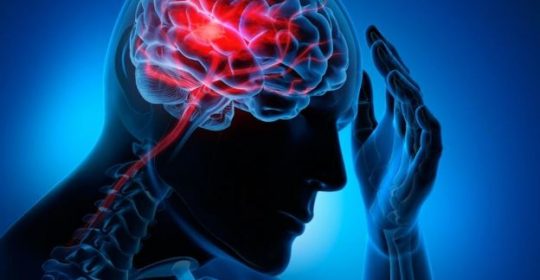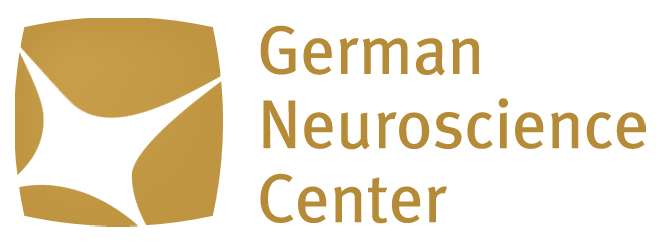
Causes, Signs and Symptoms of Strokes
What is a stroke?
A stroke occurs when blood supply to part of the brain is interrupted or reduced, which prevents the brain tissue from getting the right amount of oxygen and nutrients. It is a medical emergency and requires immediate treatment as brain cells begin to die within minutes. Early action can reduce brain damage and any other complications that may arise.
At GNC Dubai, our neurologists can treat strokes if identified promptly.
What are the types of strokes?
An Ischemic stroke is similar to a heart attack, but it occurs in the blood vessels of the brain, causing clots to form in the blood vessels. Clots can also form in the blood vessels that lead to the brain or blood vessels in other parts of the body. These clots block the blood flow to the brain cells. Around 80% of strokes are known to be Ischemic.
The two most common types of Ischemic strokes are Thrombotic and Embolic. An embolic stroke occurs when a blood clot forms in other parts of the body, typically the heart or arteries in the chest or beck, and moves up the bloodstream to the brain. The clot will then get stuck in the brain’s arteries, stopping the blood flow and consequently causing a stroke. Embolic strokes are typically the result of an existing heart condition.
A Transient Ischemic Attack (TIA) occurs when the blood flow to the brain is temporarily blocked. It is often referred to as a ministroke as symptoms are temporary and disappear within a few minutes or hours. This type of stroke is caused by blood clots.
Hemorrhagic strokes occur when a blood vessel in the brain ruptures. In turn, blood then seeps into the brain tissue and causes damage to brain cells. Hemorrhagic strokes are commonly caused by high blood pressure and brain aneurysms.
What causes a stroke?
The most common cause of a stroke is when the artery in the brain is blocked by a clot (thrombosis). This part of the brain is then deprived of blood and oxygen and the cells begin to die. A cholesterol plaque in one of the brain’s small blood vessels ruptures and starts the clotting process.
During an embolic stroke, the blood clot travels through the bloodstream up to the artery in the brain. This causes blood flow to stop, resulting in lower levels of oxygen and glucose in the brain.
A cerebral hemorrhage occurs when a blood vessel in the brain itself ruptures and starts to bleed into surrounding brain tissue. This deprives the brain of blood and oxygen, additionally resulting in loss of blood flow to certain cells.
During a subarachnoid hemorrhage, blood starts to build up in the space beneath the arachnoid membrane that lines the brain. This blood originates from abnormal blood vessels that have ruptured. The ruptured blood vessels can be a result of an aneurysm. Subarachnoid hemorrhages can have major consequences if not treated in time.
A rare cause of strokes, vasculitis is a condition in which the blood vessels are inflamed, causing decreased blood flow to parts of the brain.
Risk factors include:
- High blood pressure or hypertension is known to be the biggest cause of strokes
- Tobacco
- Heart disease or other vascular diseases
- Diabetes
- Obesity
- Age: chances of having a stroke increases as you get older
- Family history of strokes
- High cholesterol levels
- Excessive levels of alcohol consumption
Signs and symptoms
Signs and symptoms of strokes vary between each individual, but they are known to begin suddenly. Symptoms usually depend on the part of the brain that has been affected, as well as the extent of the damage.
Initial signs of a stroke include:
- Sudden numbness or weakness in the face or other parts of the body (arms, legs, or even one side of the body)
- Sudden trouble speaking, confusion or difficulty understanding speech
- Sudden dizziness, lack of coordination, loss of balance or trouble walking
- Sudden severe headaches with no identifiable causes
If you are in a position where you think someone may be having a stroke, act F.A.S.T and identify the signs:
- Face: identify whether one side of the face droops
- Arms: ask the person to raise both arms to identify whether their arms are weak or numb
- Speech: speech may be slurred or halted; ask them to repeat a simple phrase
- Time: if you notice any of these signs, it is highly recommended to call medical services immediately
Other possible symptoms include:
- Sudden loss of vision or blurred vision
- Dizziness
- Difficulty swallowing
- Loss of consciousness
- Complete paralysis of one side of the body

